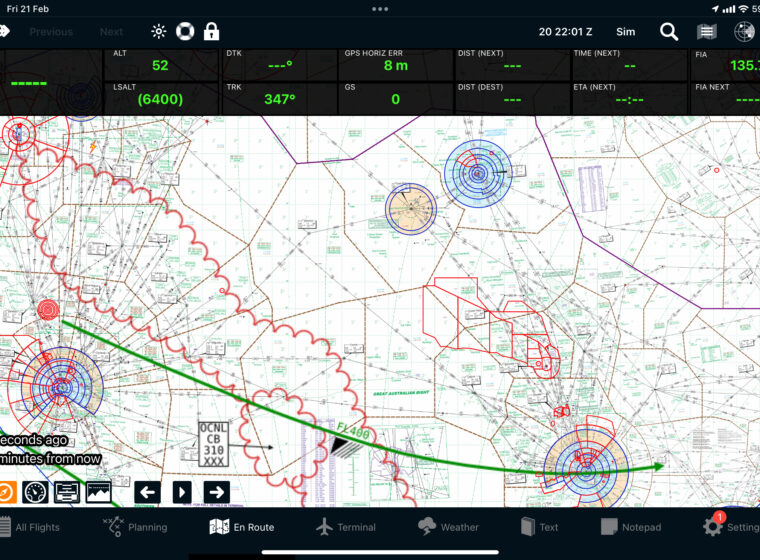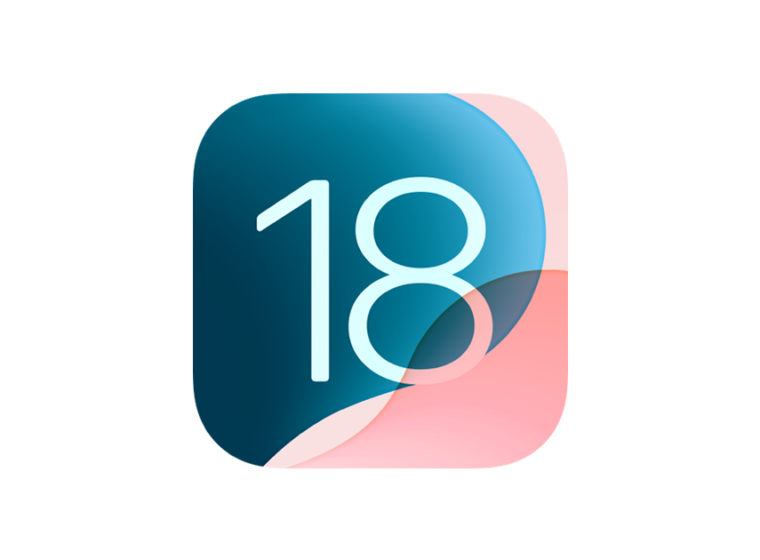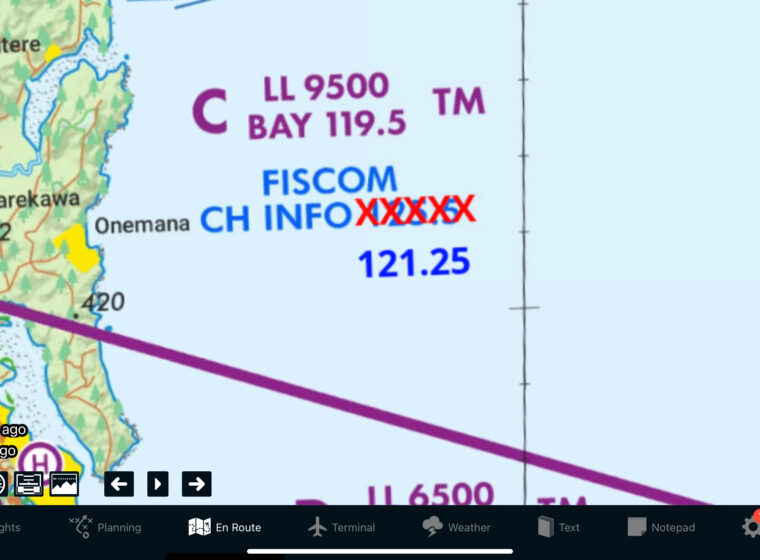 AvPlan
AvPlan AvPlan EFB 9.9
AvPlan EFB 9.9 is now available from the Apple App Store as a free update for all subscribers. In this […]
Learn More






I’ve been flying for 22 years now. When I started training I would trundle down to the briefing office at Moorabbin, talk the a Flight Service officer, get the latest weather and NOTAM’s and spend 30 minutes with a pen, paper and E6B producing a flight plan, fuel loading plan, weight and balance checks. This was then verified by the briefer and submitted. (Most flights were done with full position reporting – wasn’t that fun!)
Briefing offices were closed and along came PC based flight planning programs, AvFax, DECTalk. The internet arrived and so did NAIPS.
These days every GPS and GPS app on your portable electronic device is also calling itself a flight planner. Flight planning is far more than just entering in a few waypoints into a GPS and then launching into the wild blue yonder and most of these devices and apps only allow you to do this. A flight plan is basically the process of establishing an intent before flight – remember the old saying about the 5P’s (prior planning prevents poor performance)?
In my opinion, to be called a flight planner, a device or app must be able to do the following;
For ease of use and portability it would be nice to have an electronic flight bag (EFB) tool that;
Do your requirements vary much from the above? Does your current EFB tool give you all these capabilities?
 AvPlan
AvPlan AvPlan EFB 9.9 is now available from the Apple App Store as a free update for all subscribers. In this […]
Learn More AvPlan
AvPlan In the coming days Apple will release their latest operating system for iPhone and iPad, OS 18. The AvSoft Australia […]
Learn More AvPlan
AvPlan The AvPlan EFB team have been busy making improvements which greatly improve the app for use in New Zealand. Some […]
Learn More